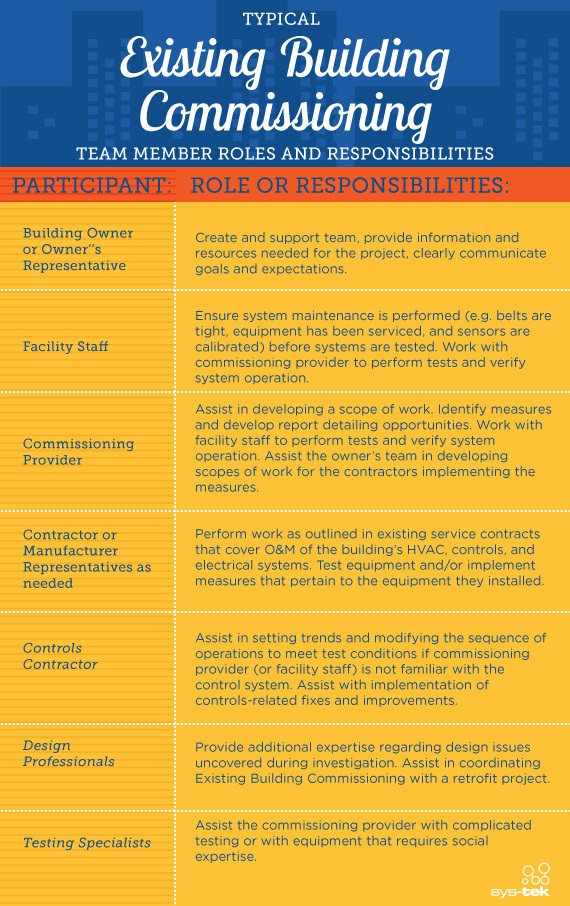Vermont becomes first state to pursue Energy Star certification for all schools
Dec 02, 2013
Across the board, Americans are distressingly uneconomical with energy usage. According to the EPA, 30 percent of energy consumed in commercial and industrial buildings is wasted. On top of that, a simple 10 percent reduction can be achieved with little or no cost.
But it’s not all bad, and there are those in the US who are striving for positive change. Eleven Vermont schools were recognized last week for qualifying for ENERGY STAR, a certification denoting that they met rigorous standards in the categories of health, ventilation, comfort and lighting quality while also placing in the top 25 percent of energy efficiency. The award ceremony was also used to mark the beginning of Project Green School, an ambitious move that seeks to bring all Vermont schools to ENERGY STAR status by 2020. Not only will such an upgrade reduce costs to taxpayers, but it also seeks to imprint young people with the enduring notion that energy is not a free commodity, but rather a resource to be valued.
The eleven schools that received the award are located all across Vermont. They include Mount Mansfield Union High School, Shelburne Community School, Harwood Union High School, Brattleboro Union High School, Addison Central School, Camels Hump Middle School, Champlain Valley Union High School, Waits River Valley School, Clarendon Elementary School, Lake Region Union High School, and Woodbury Elementary School. Delegations from each school were granted commemorative flags for their achievements.
“The eleven schools we are honoring today have done great work,” said Jim Merriam, Director of Efficiency Vermont. “But the steps they have taken are within reach of any school in our state. With focused effort and enhanced support through Project Green School, we are looking forward to helping every community in Vermont provide a healthier and more energy efficient environment for their students.”
“Washington [DC] could learn a lot from the way these schools are taking practical steps to save money while reducing environmental impact,” asserted Peter Welch, U.S Representative for Vermont’s at-large congressional district. “Project Green School is yet another example of Vermont’s trailblazing efforts on energy efficiency and renewable energy.”
Vermont has a long history of championing smart, sustainable energy usage in schools. More than 1200 energy initiatives across 350 Vermont schools have kicked off in just the last 13 years, saving $43 million over the durations of the projects. Ingeniously switching over to woodchip-fueled heating systems, the aptly named Green Mountain State is saving roughly $2.6 million per year. Thirty percent of all Vermont public school students attend schools where classrooms are kept warm thanks to these innovative furnaces.
Jeff Francis, Executive Director of the Vermont Superintendents Association, noted that undertakings such as Project Green School are of monumental importance to both students and citizens of the state: “Over the last two decades we have worked with schools from across Vermont, and seen the impact that biomass energy and energy efficiency projects have on school budgets and their communities. They also have a powerful impact on students by improving the educational setting and promoting experiential learning.”
“We are excited to support this effort,” said Vermont Education Secretary Armando Vilaseca. “Our schools have been successful at collaborating and partnering within their communities and throughout Vermont in making their schools more environmentally friendly.”
ENERGY STAR benchmarks exist to compel private and public establishments to be energy conscious and maximize the way they spend electricity. ENERGY STAR certification is quickly becoming popular at schools across the country, most notably in Kentucky wherein certification has ballooned to encompass 233 schools. Common routes to certification include retrofitting old lighting systems with LED bulbs, using more efficient heating methods, and putting energy systems on sleep mode when areas or rooms are vacant.








